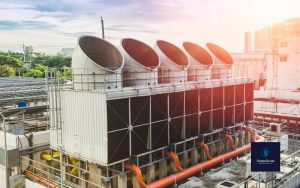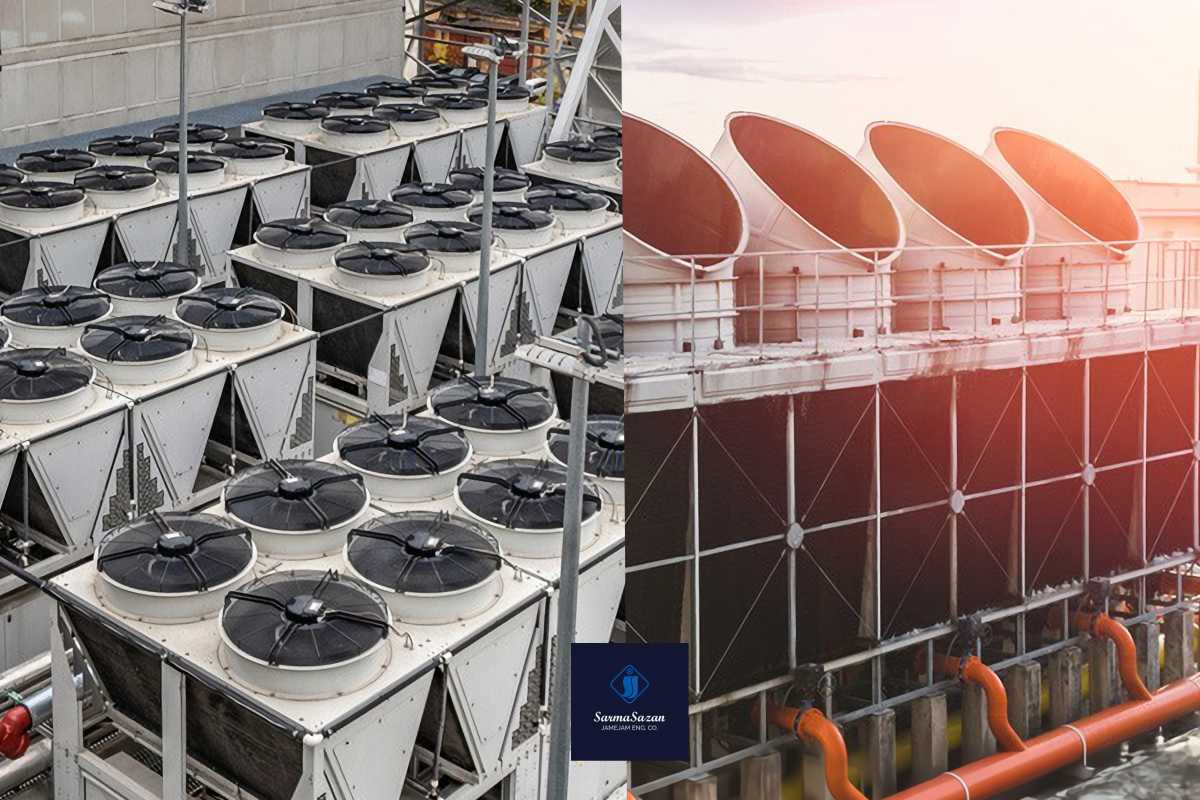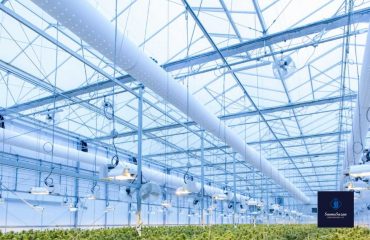Chillers and cooling towers are two different types of cooling equipment, although both are able to remove heat from the liquid. A better understanding of their differences may help us to choose the most suitable cooling system and equipment that can better meet the cooling needs. Let’s take a closer look at the differences between a chiller and a cooling tower.
Different types of cooling systems
By recognizing the types of chillers and cooling towers, we can better understand the difference between these devices in use and selection.
What are the types of chillers?
Depending on the type of condenser, three main types of chillers are used, which are:
- Cool air chillers
- Cool water chillers
- Compression chillers
As the name implies, cool air chillers use air to remove heat from the condenser using fans to force air into the pipes exposed to the condenser. Cooling water chillers, on the other hand, use water to remove heat using pumps to send water through a sealed condenser. In general, they consume more energy than cool air chillers.
Compression chillers can compress a substance from a gas to a liquid state by cooling it. The heat is then released by the material and transferred to the surrounding environment. It is usually considered as an alternative to cold air or cold water chillers.

What are the types of cooling towers?
There are mainly two types of cooling towers, which include natural and mechanical drafts. Natural objects pass heat through a natural convection process. They are generally related to large-scale nuclear power plants. Mechanical drafts use large fans to draw colder air into the tower. After the coolant inside the tower cools, ambient air circulates throughout the power plant or other equipment.
Different ways of working
How the chiller works
The chiller system is about transmitting and receiving heat energy. Hence, heat energy conversion is a fundamental principle of the chiller system. In the process of operating a chiller system, heat energy is transferred from a substance or anything else to a solvent or intermediate. In the heat transfer process, the heating energy of the sharp material is absorbed and converted to a cold state, which is the destination of the chiller system.
How the cooling tower works
A cooling tower works by combining hot water and air. In the process, water from an industrial process can be pumped to a cooling tower to hit the air in a cooling tower. After extracting heat, the water temperature can be cooled because water evaporates in small volumes. Cooled water can be sent to continue the industrial process.

different application
Another difference between chillers and cooling towers is in their applications. Chillers can provide liquid-cooled cooling water or low-temperature thermostatic water to cool equipment or maintain equipment at a constant temperature, such as a rotary evaporator, fermentation tank, electron microscope, low-temperature chemical reactor, and other equipment. . Generally used in the plastics industry and refrigeration applications. A cooling tower can supply cold water for electricity generation and mechanical processes. For example, cooling towers are commonly used to cool circulating water by power plants located near rivers and lakes.

 English
English  فارسی
فارسی 



